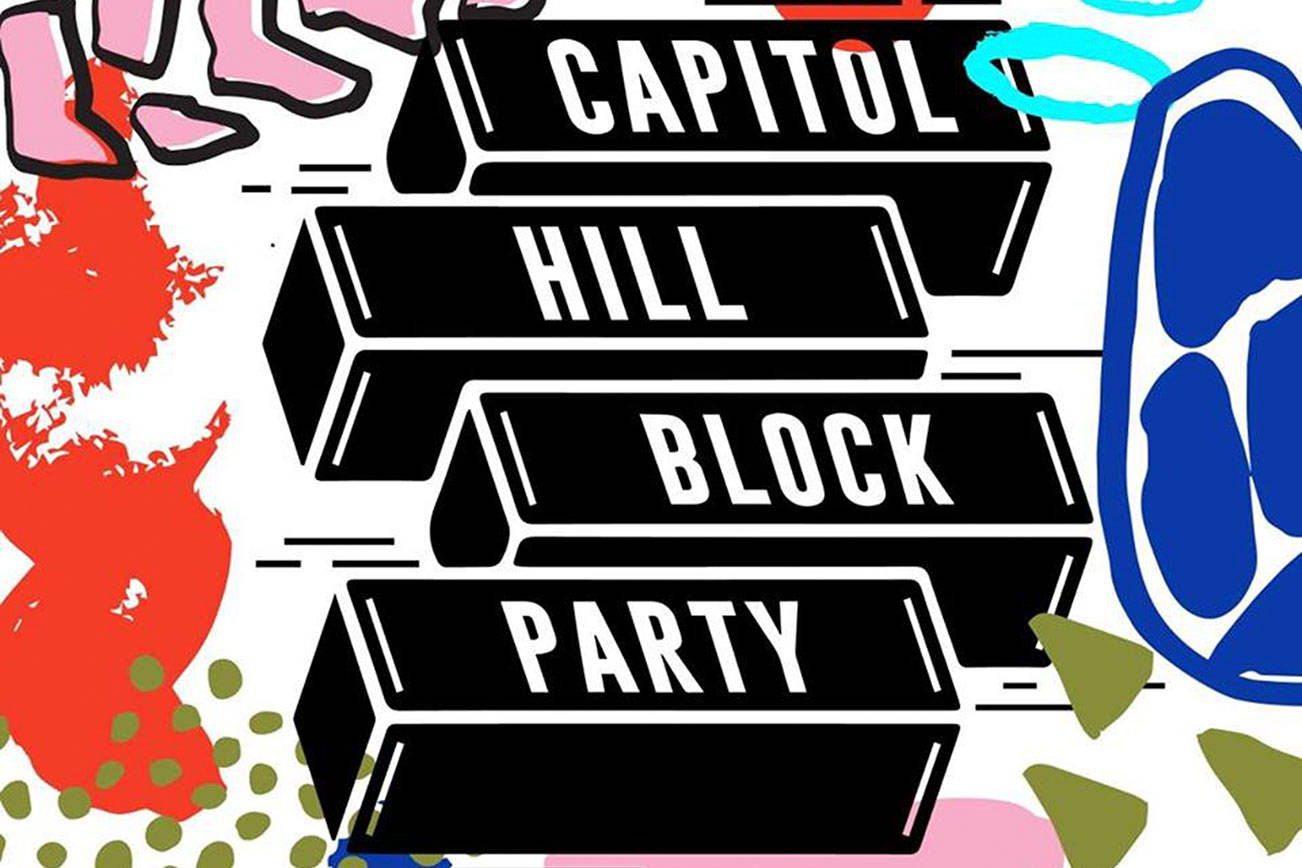 |
ROY
Big City Sin and Small Town Redemption
(Fueled by Ramen)
What in tarnation gives Roy the right to play moonlight gee-tar dirges ripe with bad ol’ boy rotgut regret? Their collective pedigree is red-stamped hardcore, and we’re talking whiplash, jigsaw hardcore that shrieks and shudders like the Operation guy undergoing acupuncture. Seems the twentysomething Tacoma quartet get their rocks off via soft shocks. After a handful of sterile EPs, the band has scrawled an exhilarating road journal, patching Piebald, Uncle Tupelo, and even a little Nebraska-era Boss into Big City‘s 14 tight, wry campfire jams. The title says it allfrontmen Brian Cook and Ben Verellen delight in juxtaposing sly urban irony with toolshed heartbreak. Both were primal screamers in Botch and Roy; while they’re still fleshing out their far more, er, sotto deliveries in Roy, their narratives are thriving. The introductory rhetorical in “Better Head North””Am I supposed to be proud of all that I’ve done and all the horrors I’ve seen?”ain’t exactly Johnny Cash, but it sure as hell comes off with conviction. “Darryl Worley Forgotten” is a clever dig at post-9/11 slopportunism, and the boys even sneak some acute scenester barbs into the mix. If this is the new Americana, consider me a patriot. ANDREW BONAZELLI
 |
BLACK BOX RECORDER
Passionoia
(One Little Indian)
What do you do when irony is so 1999 and musicians from the Strokes to Dashboard Confessional to Missy Elliott are embracing earnestness as this decade’s hip way to approach their music? Sing like you mean it. For Black Box Recorder’s Sarah Nixey, that still means intoning dominatrix-styled come-hithers in an icy monotone. But it’s an inviting icy monotone, one that aches with a new vulnerability that helps close the distance between singer and subject. On “The School Song,” Nixey dresses up in a headmistress uniform as she lays down her ground rules: “Put your hand up/Don’t mumble/Don’t interrupt. . . . Walk in the corridors/I said walk don’t run.” There’s power in her voice, sure, but it’s not callous or capricious. By song’s end, Nixey is cooing, “Congratulations to all of you/A grade A from the Black Box Recorder School of Song”hardly the punishment of a cruel headmistress. On their third album, BBR instrumentalists Luke Haines and John Moore continue to expand upon the band’s originally sparse production. On “Andrew Ridgeley,” stuttered disco beats alternate between strobe and soft-focus, while Nixey transforms her childhood crush on George Michael’s partner in Wham! into an appreciative tale of awakening both cultural (she buys her first record with money she received from the tooth fairy) and sexual (“I came alive to the smoldering fire of your eyes”). And when Nixey sings, “I love you now/And I will till the day that I die,” she means every word. CHRIS LORRAINE
 |
MYA
Moodring
(A&M)
At awards shows, Mya must feel like such a nerd. Missy’s up in there killing a black leather topcoat and yakking into a cell phone that’s also a DVD player; Mary J.’s kickboxing with Uma Thurman in the women’s room; Christina’s sitting on the aisle with only her platinum Afro for company; Alicia’s filling her BlackBerry with notes (and I do mean notes) for a new Chopin thingy. So when 24-year-old acting-dancing-singing child of the D.C. suburbs Mya Harrisonperhaps R&B’s least eccentric starshows up wearing some old muumuu Joni Mitchell recycled circa Hejira, with maybe her dad on her arm as a date, how many heads really turn? Moodring, Mya’s third album, is all about the singer’s struggle with anonymity: Missy, patron saint to expense-accounted divas-in-training everywhere, juices the lead single, “My Love Is Like . . . Woah,” with surplus Moulin Rouge sass (though it doesn’t touch Monica’s hilarious “Knock Knock,” which Missy also midwifed); the terrific “Sophisticated Lady” attempts to draft a randy r鳵m黠and Mya threatens all nightclub comers in “Whatever Bitch” with an intimidating enthusiasm for the Vocoder. Yet as great as isolated moments here get, they don’t really do much for illuminating Mya the Complex and Beautiful Human Being. Each feels like a recapitulation of Mary J. or Christina or Alicia (or, truthfully, Tatyana Ali). Exceptexceptfor her closing interpretation of Mr. Thomas Earl Petty’s “Free Fallin'”: Over a chintzy Casio groove both Bruce Hornsby and Tupac Shakur would dig, Mya empathizes with a churchgoing, school-attending young woman “full of pain ’cause no one cares.” Personal to Mya: Please do “American Girl” next. MIKAEL WOOD
 |
BRITNEY SPEARS
In the Zone
(Jive)
The problem with trying to evaluate Britney Spears’ gifts as an artist is that our definition of musical talent is far too firmly rooted in the ability to write a song, do something innovative, or sing without studio aid. But talent is not a predefined, pre-existing quality that floats around, waiting to be bestowed. Talent is a slippery continuum of meaning, and Britney’s talent is not of the same ilk as Christina’s voice, Justin’s white soul, or even Madonna’s knack for shock and constant redefinitionit’s for reiterating the spectacle of Middle America, repackaging the stuff everybody already likes, be it randy schoolgirls or snake-danceable, hip-hop-infused pop, into an every-blonde pop stardom that’s safe enough for us to publicly trash and privately wallow in. And In the Zone is a pop culture revue better than a VH1 special. It’s got ass-shaking dancehall on “The Hook Up” (bonus: Britney adopts a slight Jamaican accent) and slickly produced bhangra grooves on the exuberant “Me Against the Music” remix. “Boom Boom” features a cameo by the infectious Ying Yang Twins. R. Kelly, the Matrix, and Moby (on the gorgeously narcotic “Early Mornin'”) all make appearances. And, of course, there’s a Britney/ Madonna make-out session, aural rather than oral. Every track on In the Zone is like Christmaslittle things we don’t need but secretly want wrapped in a big, sparkly package that induces momentary embarrassment . . . before we rip into it with the giddy abandon it deserves. RACHEL DEVITT
 |
JAYLIB
Champion Sound
(Stones Throw)
Sloppiness usually isn’t considered forgivable in hip-hop. The beats have to be on point, not woozy; the flows have to be immaculate, not stammering; the crowd has to be moved, not baffled. In the recording of Champion Sound, however, there’s little evidence that Jay Dee and Madlib actually remembered those rules. The album’s a collaboration between the two producers, but there’s a catch: When Jay Dee’s on the beats, Madlib’s on the mike, and vice versa. It’s a disorienting pairingJay Dee’s butter-beat digital club-thumps alternate with Madlib’s patchwork swamp jazz, and hearing their tracks back-to-back is like channel-surfing between Alias and the local UHF station’s Kung Fu Theater. Sloppy as it seems, it succeeds on some levels, and the disconnect works in Madlib’s favor. Here, his disorienting, conversationally blunted flow is freed from the rodent-throated pitch-tweaking he uses as Quasimoto, and over Jay’s gloss it sounds gloriously incongruous. It peaks with the Neptunesian “Strip Club,” where Madlib not only trades barbs with his own Quasimoto-self but throws in a couple more squeaky iterations of his voice playing various lap dancers for him to mumble lasciviously at, like 50 Cent after one too many bottles of bub. But for all his production wizardry, Jay Dee has considerably less experience as an MC, and he sounds lost spitting nothing-special thug rhymes over Madlib’s dense, psychedelic weirdoscapesnot quite as lost as Talib Kweli’s rare clumsy turn in “Raw Shit,” maybe, but close. I know lots of people gotta work two jobs these days to get by, but come on. NATE PATRIN
 |
BOBBY KONDERS
Mad Sick Head Nah Good Mix
(Greensleeves)
Dancehall’s gyrations provided most of 2003’s jaw-drop moments: island carnival music played by bionic Burundi drummers just back from Egypt. The relentless turnover of product (DJs outside of Jamaica regularly import several hundred records a month), as well as the format (seven-inch vinyl singles), makes keeping up with dancehall a full-time job. For those with real jobs, the venerable Greensleeves label provides a neat, if incomplete, summation of what you missed last year. On the first in a series of proposed “mixtapes,” N.Y.C. house legend Bobby Konders digitally mashes up 68 tracks in nearly as many minutes. It’s JA radio on speed dial, minute-long chunks of hot tunes, five or six per riddim; like ghetto-tech’s DJ Assault, once Konders establishes a hook, it’s out the window for the next. For an hour, the world is a panoply of thrashing, threshing, bubbling beats and voices (deep breath): the River Nile pogo funk of Coolie Dance; the jungle-at-half-speed of Good to Go; the all-conquering clap-happy Diwali; the Caribbean ragtime of Masterpiece; the jiggling belly dance of Bollywood; Egyptian’s sinuous tabla bizness; the hambone bounce of Clappas. This is a record that refuses to be listened to in chunks or shut off in midstream; it takes total control over your internal chemistry. With “proper” dance music nearly dead in the water and hip-hop approaching a complete paucity of new ideas, dancehall’s snake charmers and mad scientists are the best game in townthe ultimate body music, as infectious as it is bizarre. JESS HARVELL



